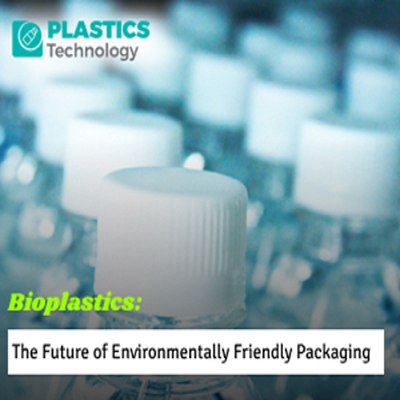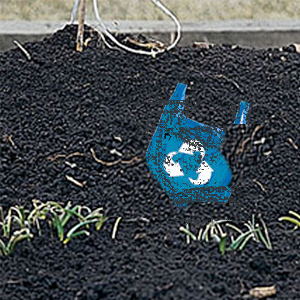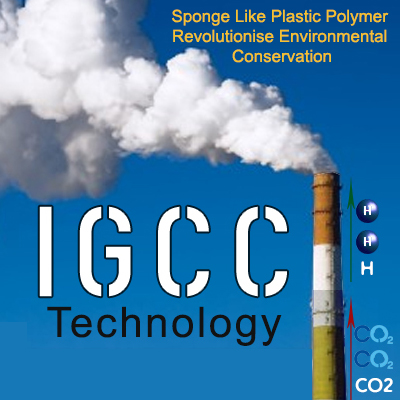Bioplastics: The Future of Environmentally Friendly Packaging

Introduction:
In today's pivotal moment, the planet grapples with the grave aftermath of environmental deterioration. As our oceans suffocate under the weight of plastic debris and landfills swell beyond capacity, the call for sustainable alternatives has reached an unprecedented level of urgency. In answer to this critical challenge, bioplastics have emerged as a beacon of hope, providing a pathway to diminish our reliance on conventional plastics while curbing our environmental footprint. With an increasing clamor for eco-conscious packaging, bioplastics are actively forging a path toward a more sustainable tomorrow.
Understanding Bioplastics:
Bioplastics, in contrast to conventional plastics sourced from fossil fuels, originate from renewable sources like corn starch, sugarcane, or vegetable fats. These resources can yield both biodegradable and non-biodegradable variations, allowing for diverse applications. Biodegradable bioplastics undergo natural decomposition into harmless elements, playing a crucial role in lessening plastic pollution. Meanwhile, non-biodegradable bioplastics serve as an eco-friendly substitute for traditional plastics, curbing fossil fuel consumption and cutting down carbon emissions in the manufacturing process.
Environmental Benefits of Bioplastics:
Bioplastics offer a notable environmental advantage through their minimized carbon footprint. Derived from renewable sources, they possess the capability to alleviate the environmental consequences linked with the extraction and processing of fossil fuels. Moreover, biodegradable bioplastics serve a pivotal role in diminishing plastic waste by naturally decomposing, leaving behind no detrimental remnants. This attribute proves especially beneficial for single-use plastic products, which contribute substantially to worldwide pollution.
| Also Read: What Are The Latest Innovations In Plastics Packaging? |
Promoting Circular Economy:
Bioplastics have the potential to drive the shift towards a circular economy, ensuring efficient resource utilization and waste reduction. Through the promotion of renewable resources, bioplastics actively endorse a closed-loop system, enabling products to be reused, recycled, or composted. This approach alleviates the pressure on natural resources and lessens the impact on landfills. Embracing a circular economy not only fosters sustainable consumption practices but also spurs the innovation of waste management techniques.
Challenges and Considerations:
Despite their promising benefits, the widespread adoption of bioplastics is not without challenges. One key concern is the competition between bioplastics and food production, as the cultivation of crops for bioplastic production may potentially lead to conflicts with food security. Additionally, the efficient management of bioplastic waste requires appropriate infrastructure and composting facilities, which may not be readily available in many regions. Moreover, the distinction between biodegradable and non-biodegradable bioplastics is crucial, as mismanagement could lead to contamination of recycling streams and hinder the overall effectiveness of waste management systems.
Innovation and Future Prospects:
Advancements in bioplastic technology are constantly pushing the boundaries of sustainability and functionality. Researchers and industry pioneers are exploring the use of various feedstocks, such as algae and bacteria, to develop bioplastics with enhanced properties, durability, and biodegradability. Furthermore, the integration of bioplastics into diverse industries, including food packaging, textiles, and consumer goods, is steadily gaining momentum, signaling a paradigm shift towards a more environmentally conscious approach to production and consumption.
Consumer Awareness and Responsibility:
The success of bioplastics in revolutionizing environmentally friendly packaging relies heavily on consumer awareness and responsible consumption. Educating the public about the benefits of bioplastics, along with the importance of proper waste management, is essential for fostering a culture of sustainability. Encouraging consumers to opt for products packaged in bioplastics and to actively participate in recycling initiatives can significantly contribute to reducing the ecological footprint associated with traditional plastics.
The Path to Sustainable Implementation:
To ensure the successful integration of bioplastics into mainstream packaging, collaborative efforts among stakeholders are imperative. Government bodies play a crucial role in incentivizing the adoption of bioplastics through the formulation of policies that promote sustainable practices and support the development of a robust infrastructure for bioplastic production and waste management. Encouraging research and development in the field of bioplastic technology through grants and funding initiatives can further accelerate the innovation and commercialization of bioplastic materials.
Simultaneously, businesses have a responsibility to prioritize sustainability and incorporate bioplastics into their supply chains. Embracing eco-friendly packaging solutions not only enhances a company's environmental credentials but also appeals to the growing conscientious consumer base. Investing in research to improve the performance and cost-efficiency of bioplastics can lead to the development of viable alternatives that can compete effectively with conventional plastics in terms of durability and price.
Education and advocacy are instrumental in shaping consumer behavior and preferences. Creating comprehensive awareness campaigns that highlight the detrimental effects of conventional plastics on the environment and emphasize the benefits of bioplastics can stimulate consumer demand for sustainable packaging options. Collaboration between businesses and non-profit organizations can facilitate educational programs focused on promoting responsible consumption and waste management practices, fostering a culture of environmental stewardship within communities.
Global Collaboration for a Sustainable Future:
The urgency of the environmental challenges posed by plastic pollution transcends geographical boundaries. International collaboration and knowledge-sharing among countries, industries, and research institutions are vital for the advancement and widespread implementation of bioplastics. Collaborative efforts can foster the exchange of best practices, technological advancements, and regulatory frameworks, creating a conducive environment for the global adoption of sustainable packaging solutions.
Looking ahead, the success of bioplastics hinges on continuous innovation, strategic partnerships, and a shared commitment to sustainability. By harnessing the potential of bioplastics and embracing a holistic approach that encompasses technological, economic, and social dimensions, we can pave the way for a future where packaging serves its purpose without compromising the health of our planet. As we navigate the challenges and opportunities that lie ahead, the vision of a world with reduced plastic pollution and a thriving ecosystem is within our reach, and bioplastics are steering us in the right direction.
Conclusion:
In the quest for a sustainable future, the role of bioplastics in revolutionizing packaging cannot be understated. With their potential to minimize environmental impact, promote a circular economy, and reduce reliance on fossil fuels, bioplastics offer a compelling solution to the global plastic crisis. However, addressing the challenges associated with their production, waste management, and consumer awareness is crucial for maximizing their positive impact. Embracing the potential of bioplastics is not just a step towards eco-friendly packaging; it is a pivotal stride towards preserving the planet for future generations.



